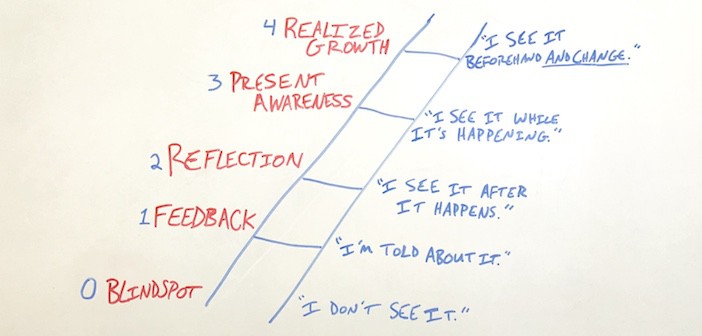It took a few years but Facebook finally figured out how to change its layout successfully. In the past, the social network developed something new, published little prior information, and forced users to adopt the change almost immediately. This caused many users to be surprised (they did not expect it), confused (they did not know how to use it), and resistant (they did not want it). It was ironic but indicative to see so many status updates about how much individuals hated the “new Facebook”.
.
With its most recent adjustment, the release of Timeline, Facebook took a different approach. Instead of releasing this very different layout without prior information, the company created a webpage devoted to explaining the change. Rather than being forced into change immediately, users were allowed to try it out in their own time. Facebook utilized the adoption curve, allowing early adopters time to work in their favor by stirring up interest and generating buy-in from the more resistant majority.
.
I wonder how many of our churches have spent years attempting change with the same mistakes of Facebook’s past. How often do we surprise our people with a change that they must immediately adopt, whether or not they really understand or feel comfortable with it? When you’re making change, utilize the adoption curve. Create space and time for early adopters to spread your message and generate buy-in.
.




